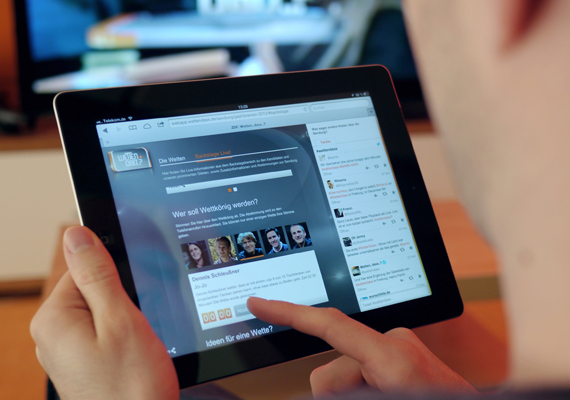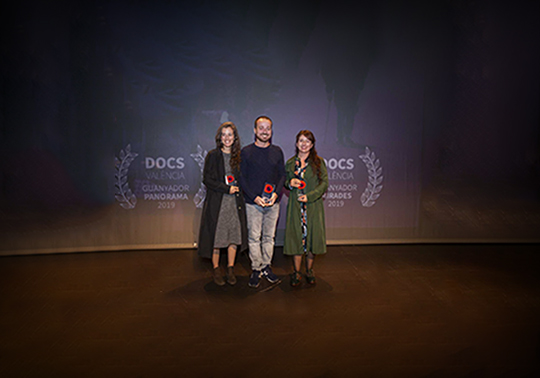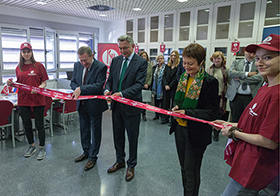
In the last edition of the Mobile World Congress, Telefónica presented TV Social, its approaching to social television. Nowadays, TV programmers have to make an effort to adapt their services to an every time more fragmented and participative audience.http://chrome.google.com/webstore/detail/netflix-party/oocalimimngaihdkbihfgmpkcpnmlaoa
7 june 2016
“The greatest part of TV contents generate, spontaneously, some type of social reaction, however small”, says Elene Neira in her last book La otra pantalla: redes sociales, móviles y la nueva televisión (UOC Publisher, 2015), where she analyses the social phenomena of social television.
In general terms, social television or SOCIAL TV the type of television that favours the interaction with the spectator, introducing comments, valuations or text, audio or video chats in simulcast and time-shifted programs. Social television means the convergence of television and social networks, in the television itself or in secondary screens. Just one thing: 60% of the survey respondent in the Estudio de Viabilidad: Social TV en Español recognises using the smartphone, tablet or computer during the advertising break.
With social television, TV programmers try to answer a changing audience characterised for being fragmented between the different options of the TV guide and for interacting through social networks, in some cases having an influence on the success or failure of some contents.
Eduardo Prádanos Grijalvo, Director od Contents and Transmedia in Havas Sports & Entertainment, points in ¿Qué es y qué no es televisión social? that social television presents the following characteristics:
- Multiscreen: different media complementing the watch.
- Fan Phenomenon: when interacting with other users we became part of the fan community of a concrete programme.
Social television means the convergence of television and social networks, in the television itself or in secondary screens.
It has been long since foreign producers are ahead of us in terms of social television. The Netflix video on demand platform has developed Netflix Party, an extension for Google Chrome that allows to watch contents through internet and adds a chat in the same window where a video is reproduced in order to interact with the community of followers.
In the United States, some channels have started to develop applications that allow users to comment the contents via Twitter and to get clues about chapters or exclusive scenes. In Spain, the television community of Twitter is specially remarkable in realities and talent shows such as La voz, La voz kids, Supervivientes and Tu cara me suena.
Likewise, recently we informed you about Radio Televisión Española introducing 3D graphics in their television real-time programmes collected from social networks, thanks to the signature of the Visualmedia project, of the Horizonte 2020 European programme.
In the last edition of the Mobile World Congress, the most important event of the mobile industry of the world, Telefónica presented TV Social. Thanks to social television, users will be able to comment and debate during any live programme with an integrated web camera on a TV screen, a tablet or smartphone compatible with these services.











